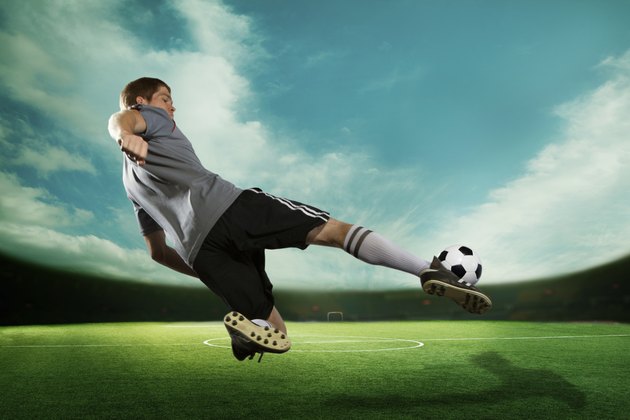
The total volume should be kept under 15% of MD. This is the day to address the biggest tactical weakness from the previous match – you can walk or jog through specific tactical set-ups where there were breakdowns and address the changes to be made while keeping everything at 50% max velocity or less with no explosive efforts. These methods can always be utilized by student-athletes but are the foundation of MD+1.įirst session “back on their feet” following MD. Utilizing passive recovery methods such as mindfulness, breathing methods, compression, massage, water therapy, sauna, vibration, and electrical stimulation are all great options based on resources. The mental and emotional recovery, as well as the physical, is served well by providing the student-athletes with time away from their sport requirements. I’m a firm believer in the off-day occurring the day after the game. Let’s assume Match Day (MD) is on Sunday, so MD+1 is Monday and MD-1 is Saturday, the day before the next match. That can dramatically affect preparation volumes and intensity. High-speed volume is all yardage that is accumulated while the student-athlete moves at 75% or faster of their own maximum velocity (this is calibrated in the PlayerTek website). The highest game average for our center midfielders during a match was 13,000 yards – still almost 25% less than originally thought. I believe in a past article, I mentioned there being close to 17,000 yards of total volume per game, on average – after going through and removing time prior to the match and after (where the GPS may have been tracking, but competition wasn’t happening) – the average was closer to 11,000 yards per game for our highest yardage group (center midfielders). I know, there are different training needs for low-minutes players as well as a needed weekly structure for 2 matches in a week, but that is not within the scope of what I want to cover in this article. You can make the assumption that it is for high-minutes players. I have provided the general structure for my philosophy on training load application and management. Utilizing a high-low classification system for physical stress, it becomes easy to assign certain sub-principles and their physical constituents to specific days of the weekly training structure. In regard to explosive maneuvers such as significant changes of momentum, high effort kicking, jumping, and body contact Press to win the ball, press to win time, and get organized defensively.



Press the ball carrier and nearby space.Build-up from the GK and widen the pitch.Maintain possession of the ball with high-speed ball circulation.Transition from Defense-to-Attack – move the ball away from pressure and while the opposition is disorganizedĮach overarching principle is made up of their own principles, labeled as sub-principles, such as:.Transition from Attack-to-Defense – press the ball carrier and nearby space.Defense – utilize zones to defend and press.Attack – maintain possession of the ball with high-speed ball circulation.Utilizing a basic tactical philosophy in soccer, the four major phases of play can be broken down into:Įach phase of play can be simplified by an overarching principle – for example: Tactics are influenced by the players on the team, style of coaching, formation the team utilizes, as well as the opponent that they will be facing. The idea of tactical periodization is not new – if you haven’t heard or read about it, I encourage you to.


 0 kommentar(er)
0 kommentar(er)
